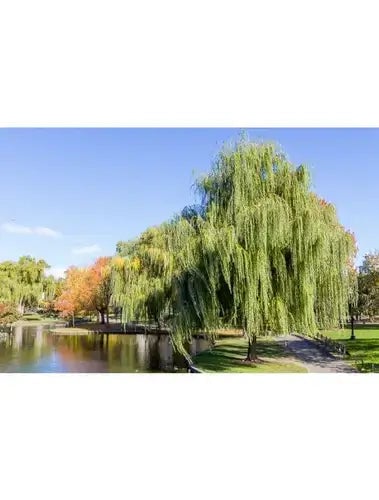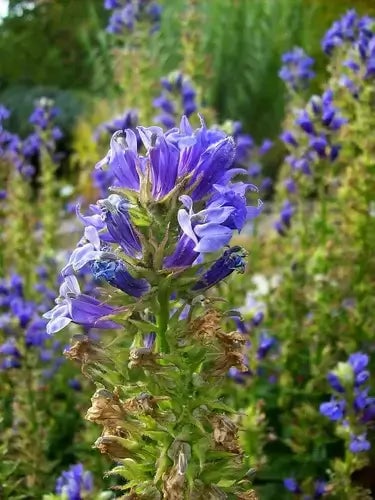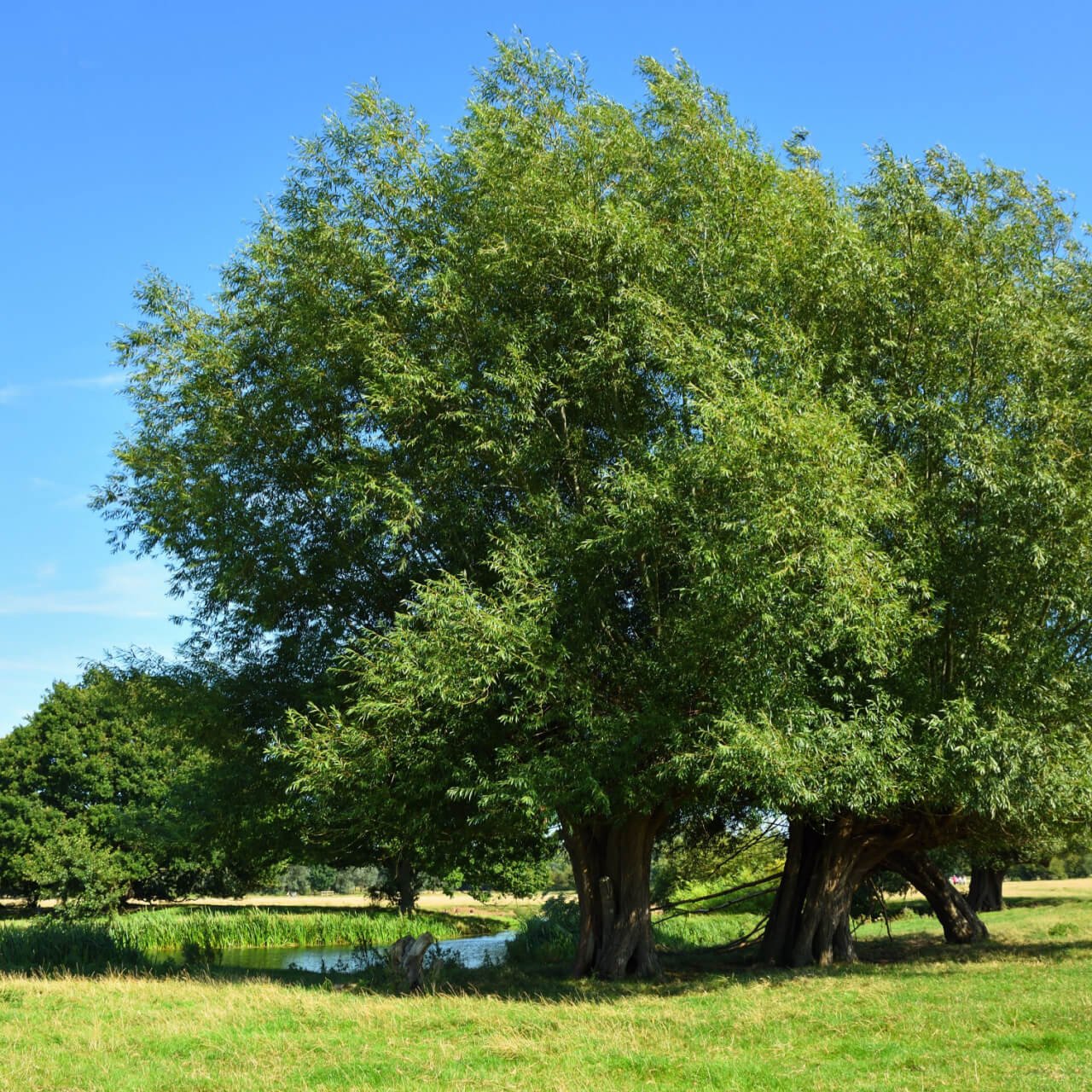A lot of people back in the 1800s and early 1900's lived without doctors or modern medicine
Most people without a family doctor or a hospital within distance hiring someone with a horse and buggy to take them to the hospital. They could only rely on old-world remedies.
When a person couldn't get to a dentist and need an analgesic to numb the gums to pull an abscessed tooth, they would break a black willow tree limb, peel back the bark, and rub the white innermost layer sprig inside on the gum line area above the tooth. That worked as lidocaine or Novocain to numb below the gum surface to the root. They did their dentistry.
Others used Kerosene to disinfect wounds and stop bleeding profusely. More holistic clinics use herbs to promote health and healing for those who do not use synthetic drugs as an option for health and well-being. Goldenseal is an excellent antibiotic used for urinary tract infections a lot today in health food stores. The old wives' tales said when children had fevers and kidney infections, they would boil the goldenseal root, make tea and have them drink 8 oz per day, and it would heal their infection within three days.
Other herbaceous woody plants that are very popular are cohosh, ginseng, lobelia, and bloodroot.
A lot of herbaceous plants are used in synthetic drugs needed by prescription.
A herbaceous plant uses heart digitalis medication as it is a very potent drug for anxiety issues. The Indians knew how to use the herbaceous plants and rarely needed a doctor's care. They couldn't get doctor's care in some locations they had, so they had to be their physicians.
Read more

Propagating through cuttings is still the most frequently utilized method of re-creating roses. Nevertheless, even under the most effective growing conditions, a success ratio of 90% is considered ...

Weeping Willow is hardy zones for planting & growing in zones 6-8, and its mature tree height can shoot up to 40 feet tall, with a 25-foot mature tree spread, provided it’s planted in healthy s...



